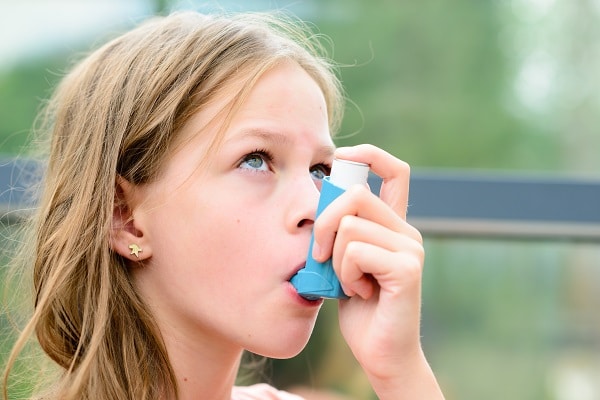
Avoid Common Asthma Triggers for Children
Identify common asthma triggers for children and how to reduce symptoms
While your child’s asthma can’t be cured, it can be managed.
Minimizing exposure to asthma triggers — substances, activities or weather conditions that can lead to asthma flare-ups — is one way to help reduce symptoms.
Common asthma triggers
Allergens such as house dust mites, animal dander, mold and pollens
Reduce exposure to dust mites by covering your child’s mattress and pillows with allergy-proof covers, wash bedding every one to two weeks in hot water, remove stuffed toys from the bedroom, and vacuum and dust regularly.
To deter mold in homes, repair any sources of leaking water and control indoor humidity with exhaust fans and dehumidifiers. Pollen exposure can be minimized by using an air conditioner in your child’s room, with the vent closed, and leaving doors and windows closed during high pollen times.
Viral or bacterial infections, such as colds, flu, sinusitis or pneumonia
Environmental irritants such as smoke (fires or cigarettes), air pollution, fragrances, sprays or cleaning products can cause asthma flare ups.
Don’t smoke or let anyone else smoke in your home or car and reduce other indoor irritants by using unscented cleaning products and avoiding scented candles and room deodorizers.
Exercise
According to the American Academy of Pediatrics, exercise-induced asthma is most likely to occur with endurance exercise in cool, dry air. However, there are exceptions, such as exercising in warm, humid air with a lot of pollutants or swimming in a poorly ventilated area with chlorinated fumes.
Stress
Make sure your child gets plenty of sleep and eats a healthy diet to keep stress in check. Junk food and refined sugars are low in nutritional value and can leave your child feeling sluggish and stressed out. Older children also may benefit from learning age-appropriate meditation techniques that will help them relax and teach them self-awareness.
Christmas trees
The mold that thrives on the branches of a Christmas tree can trigger your child’s asthma, inducing what is called “Christmas-tree syndrome.” Mold on the tree can rise to about five times the normal level two weeks after the tree is brought indoors.
If your child has mold sensitivity, limit the length of time the tree is in the house to four to seven days. In addition, an air purifier in the room can be helpful. A fake tree is the best solution for family members with significant asthma problems.
This Scripps Health and Wellness information was provided by Natalie McNally, PNP, a certified asthma educator who is available for asthma education, evaluation and training on inhalers and other asthma gadgets.

Join our Senior Wellness Society for the latest news on Medicare and tips for healthy living in San Diego!
Sign up now ›Are you looking for specialized medical care in San Diego?
Our directory has more than 850 doctors in San Diego County of various specialties who are available to help you.
Find a doctor